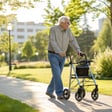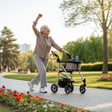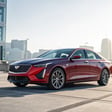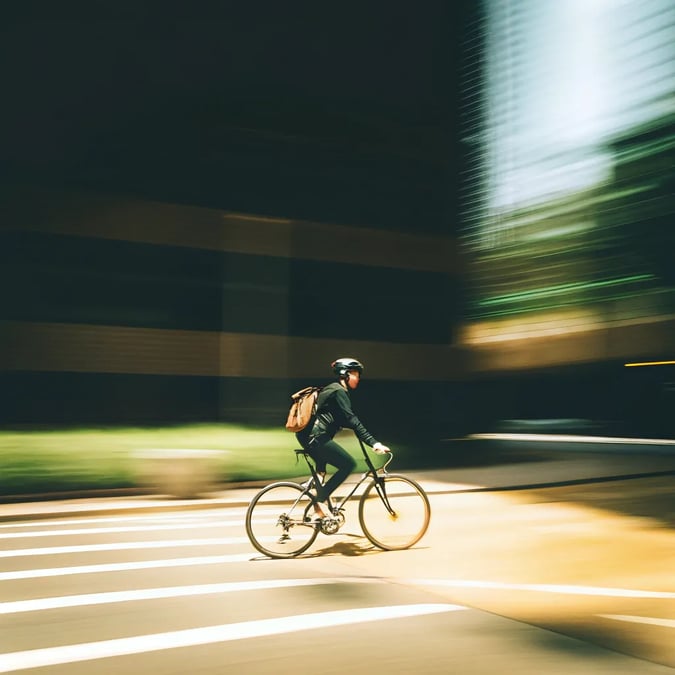
Biking to work or around town combines practical transportation with an enjoyable workout. I've been commuting by bike for several years now, and despite the occasional rainy morning or forgotten lunch, it's transformed how I experience my city. Whether you're considering making the switch or looking to enhance your current cycling routine, these tips will help you navigate the urban landscape with confidence and style.
Getting Started: Choosing the Right Bike
The foundation of a good commuting experience starts with selecting the right bicycle for your needs. This isn't just about aesthetics—though looking good doesn't hurt!
Types of Commuter Bikes
Different riding styles and commute distances call for different bikes:
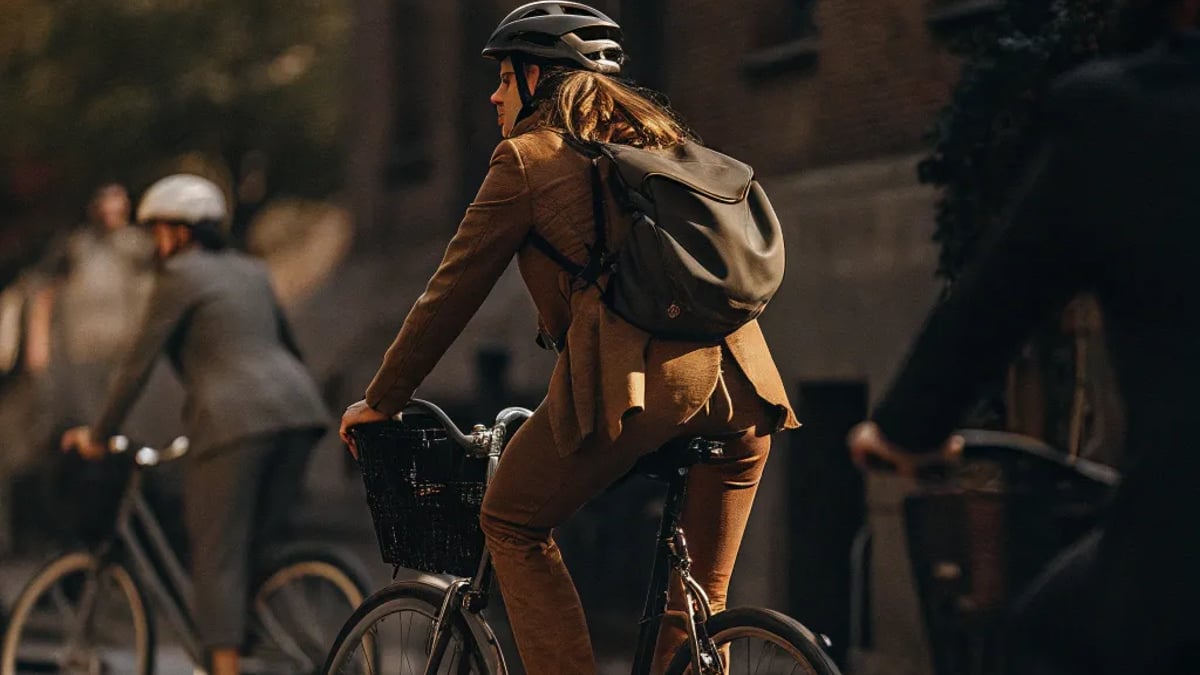
Hybrid Bikes offer versatility with a comfortable upright position and medium-width tires that handle both pavement and light trails. They're my go-to recommendation for most new commuters who face varied terrain.
City Bikes (sometimes called Dutch bikes) feature an upright riding position, fenders, chain guards, and often built-in racks or baskets. They're perfect for shorter commutes in flatter areas where style and practicality matter.
Road Bikes provide speed and efficiency with their lightweight frames and narrow tires. Great for longer commutes on decent pavement, though they typically require a more forward-leaning position.
Electric Bikes have revolutionized commuting for many people. One forum user noted how their e-bike provided "a smooth ride for trips lasting a couple of hours," making them particularly valuable for older riders or those facing challenging terrain.
I started with a basic hybrid and eventually upgraded to a lightweight commuter-specific model once I knew exactly what features mattered most for my 5-mile route.
Fit Matters More Than Price
Whatever style you choose, proper fit trumps fancy components. A perfectly fitted $500 bike will provide a better experience than an ill-fitting $2,000 model. Most local bike shops offer fitting services—worth every penny for daily riders.
Essential Gear for Comfort and Safety
The right accessories can transform your commute from stressful to seamless.
Weather Protection
Rain happens. Being prepared means you'll keep riding rather than reverting to a car when clouds appear:
- Fenders prevent the dreaded "stripe up the back" from wet roads
- A packable rain jacket that can be easily stored in a bag or pannier
- Waterproof panniers or a backpack cover to keep your belongings dry
I learned this lesson the hard way after arriving to an important meeting looking like I'd swum to work. Now I check the forecast daily and have a small emergency kit at the office.
Visibility and Safety
Staying visible is non-negotiable for commuters:
- Lights: A bright white front light and red rear light, even for daytime riding
- Reflective elements on clothing or the bike itself
- A bell or horn to politely alert pedestrians and other cyclists
Carrying Capacity
How you'll transport your daily necessities deserves thought:
- Panniers (bags that attach to racks) keep weight off your back and prevent the sweaty back syndrome
- A sturdy rear rack provides versatility for carrying different loads
- A small frame bag can hold essentials like your phone, wallet, and keys within easy reach
Mastering Urban Riding Techniques
Confidence in traffic comes with practice and proper technique.
Positioning on the Road
Contrary to what many beginners think, hugging the curb often makes you less visible and gives you fewer options to avoid hazards. Instead:
- Ride approximately 3-4 feet from the curb or parked cars
- Take the full lane when necessary for safety, particularly at intersections
- Make eye contact with drivers whenever possible to confirm they've seen you
Handling Hills Without Dread
Many new commuters find hills intimidating. According to a Reddit discussion on r/cycling, "For commuters and recreational cyclists it absolutely does get easier. I once lived where there was a crazy 20+% climb to get home."
Some hill-conquering strategies:
- Shift to an easier gear before you start climbing
- Maintain a steady, sustainable cadence rather than pushing too hard
- Stand occasionally to use different muscles and give yourself a brief change of position
- Consider an e-bike if hills are a major obstacle to your commuting plans
I used to dread the hill near my apartment, but after a month of regular riding, it became just another part of my route rather than a daily mountain expedition.
How Do I Look Professional After Biking to Work?
This common question deserves attention, as arriving presentable is a legitimate concern for many would-be bike commuters.
The Office Transformation
Several approaches work, depending on your workplace:
The Complete Change: Keep a week's worth of work clothes at the office, commute in full cycling gear, and shower if facilities are available.
The Strategic Refresh: Ride in breathable clothes that won't show sweat, use baby wipes for a quick cleanup, and change only key items like your shirt upon arrival.
The Slow Roll: Simply ride at a relaxed pace that doesn't work up a sweat, especially feasible for shorter commutes of under 3 miles.
According to Liv Cycling, planning ahead helps you "go from your bike to your desk with style." I keep deodorant, a small towel, and a spare shirt at my desk for unexpected weather changes.
Health Benefits Beyond Transportation
Commuting by bike delivers impressive health advantages that accumulate with remarkable subtlety. As one Reddit user noted, "riding a bike is low impact, so it will help burn calories, improve joint health and keep your muscles active."
Even casual riding provides:
- Cardiovascular conditioning without high-impact stress on joints
- Improved mental health and reduced stress levels
- Integration of exercise into your daily routine without requiring extra time
A study from the British Medical Journal found that bike commuters had a 45% lower risk of developing cancer and a 46% lower risk of heart disease compared to non-active commuters. These benefits accrue regardless of your speed—even "slow bike rides" deliver significant health improvements.
For older riders, cycling offers particular benefits. According to sixthreezero's blog on bicycles for seniors, cycling can "boost your health, mood, and social interaction" while helping "stay active and happy" well into later years.
Building a Sustainable Habit
Consistency matters more than intensity when establishing a bike commuting routine.
Start Small and Build
Rather than committing to daily rides immediately:
- Begin with one or two days per week
- Choose days with favorable weather forecasts
- Gradually increase frequency as your confidence and fitness improve
Find Your Community
Connecting with other bike commuters provides motivation and practical knowledge:
- Local cycling groups often have commuter-specific resources
- Bike shops frequently organize casual group rides to build skills
- Online forums like Reddit's r/bikecommuting offer advice for specific challenges
My turning point came when I joined a monthly "Bike to Work" breakfast event. The camaraderie and shared tips transformed cycling from transportation to a highlight of my day.
The Bottom Line
Bike commuting combines practical transportation with health benefits and environmental advantages. With the right equipment, techniques, and mindset, it can become one of the most rewarding parts of your day rather than just another commute.
Disclaimer: This article is for informational purposes only. Always wear appropriate safety gear, follow local traffic laws, and consult with healthcare professionals before beginning any new exercise routine.
Tags

About Rafael Mendoza the Author
Rafael Mendoza, an avid cyclist and urban planner, has dedicated over a decade to mapping out safe and efficient cycling routes in bustling city environments. His extensive research and hands-on experience make him a leading expert in transforming urban landscapes into cyclist-friendly spaces.
Recommended Articles
4 Everyday Drinks Being Studied for Circulation Support
Explore 4 everyday drinks that may enhance circulation, including herbal teas, coffee, red wine, and beetroot juice. Discover their health benefits.
Why More Seniors Are Considering Compact Mobility Tech
Explore how compact mobility tech enhances independence and quality of life for seniors, making daily activities more accessible and enjoyable.
Why More Seniors Are Replacing Walkers With This Sleek Device
Discover why seniors are opting for sleek mobility devices over traditional walkers, enhancing their independence with style and functionality.
2025 Cadillac CT4 Combines Performance With Refined Luxury
Discover the 2025 Cadillac CT4, where thrilling performance meets luxury, featuring advanced safety, elegant interiors and powerful engine options.
2025 Lexus RX Keeps the Luxury SUV Crown With Smarter Features
The 2025 Lexus RX redefines luxury SUVs with advanced tech, safety features, and a focus on comfort for an unparalleled driving experience.

